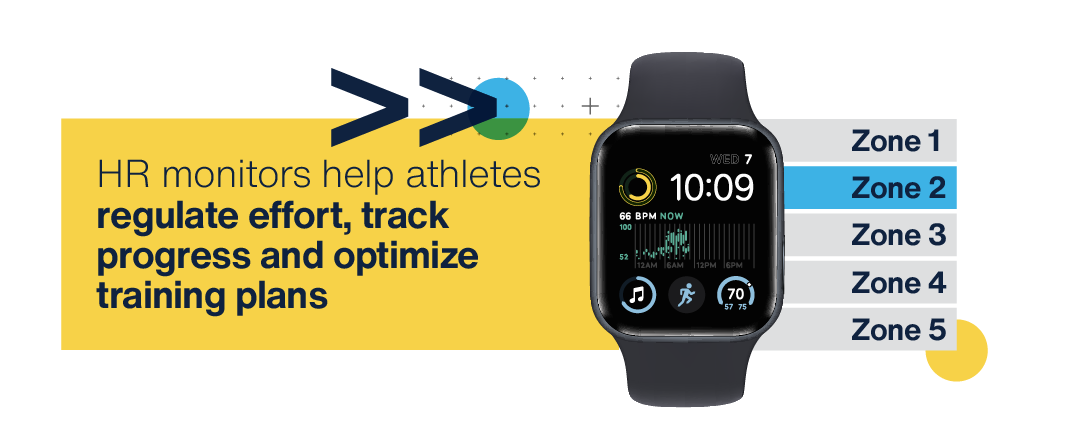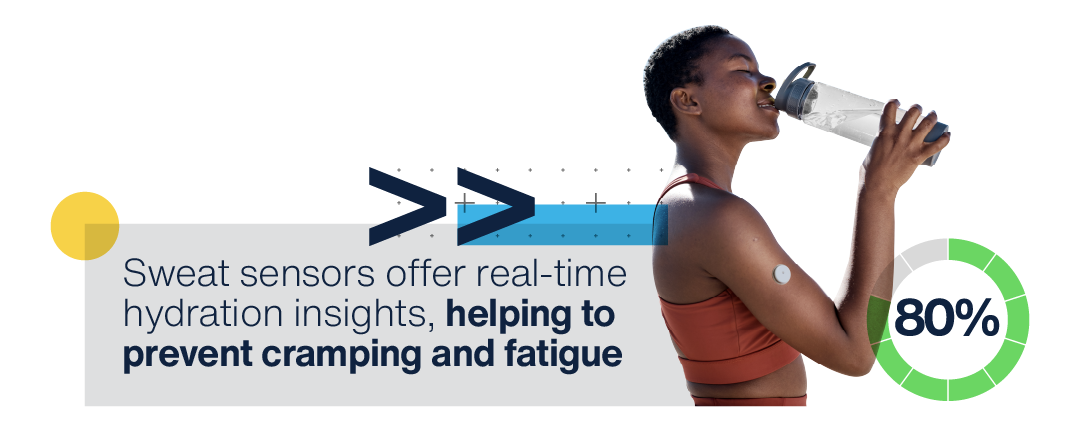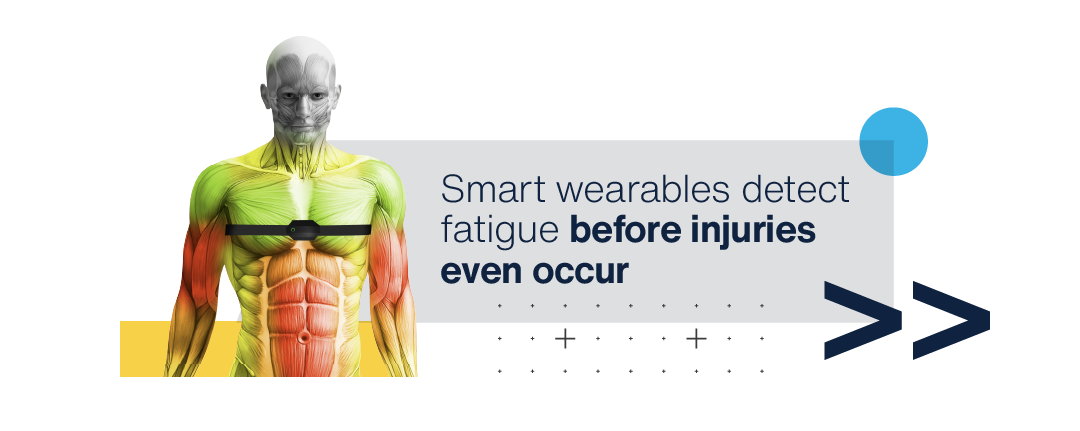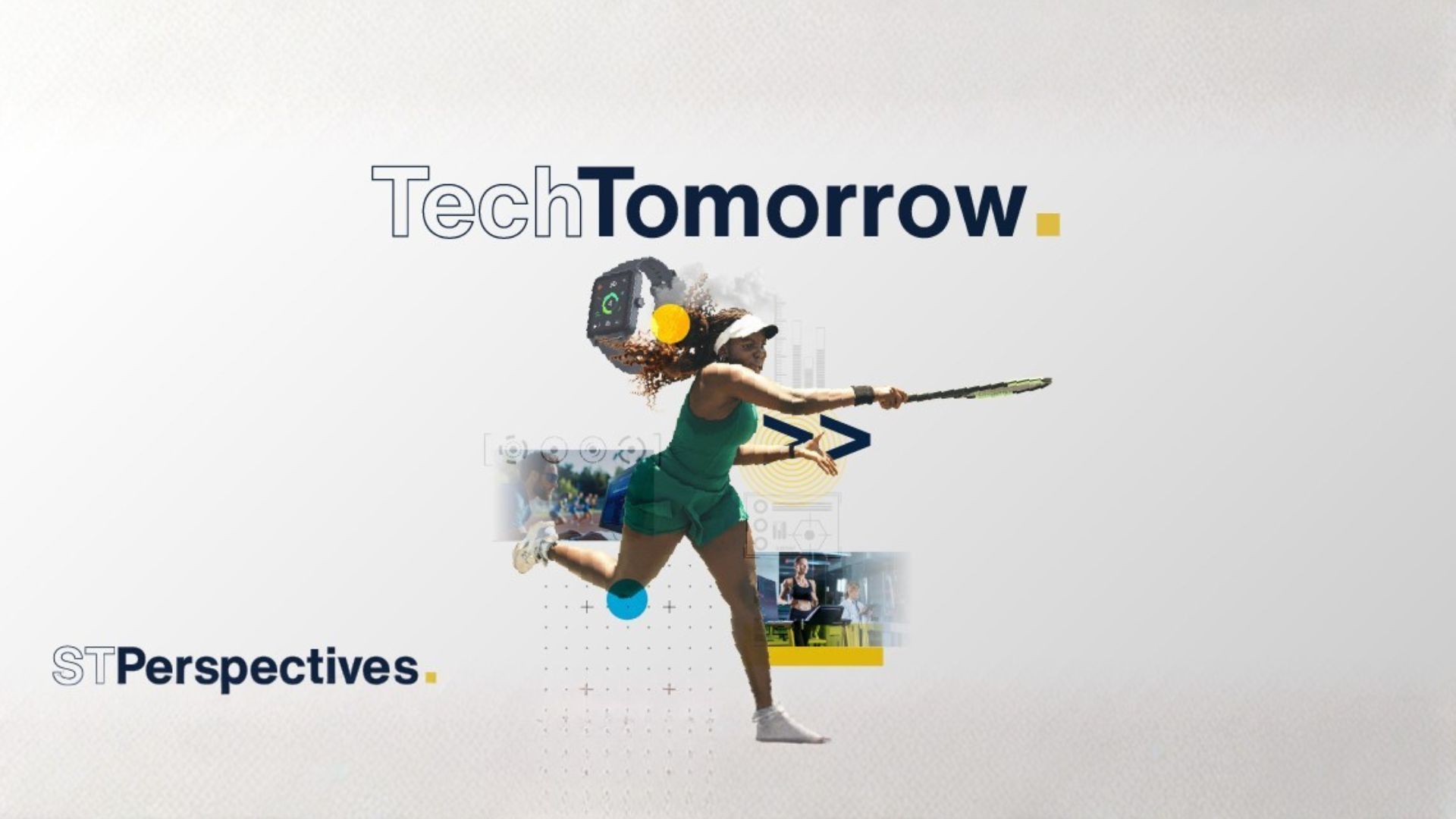In our previous articles on biosensors, we explored how these remarkable pieces of miniature technology work, and how wearable technology is reshaping healthcare. Now let’s dive into how these cutting-edge innovations are revolutionizing elite athletic performance.
For top-tier athletes, marginal gains can make the difference between winning and losing. Wearable biosensors – those embedded in clothing or compact devices, like chest bands – have already become essential tools to track performance, offering unprecedented insight into heart rate, lactate levels, sleep quality, and stress management, among many other things.
Biosensors are revolutionizing elite athletic performance by providing real-time data driven insights into training and recovery. As wearable technology advances, these devices are not only optimizing current performance but also redefining the future of sports by enhancing precision, preventing injuries and – perhaps most importantly – pushing the limits of human potential.
Today’s state of play
These days, one of the most widely adopted pieces of wearable tech is the heart rate (HR) monitor. Monitoring typically involves an electrode-embedded chest strap with data read on a watch. These monitors allow athletes to regulate effort and intensity during exercise. Coaches analyze the data post-session, who use the data to fine-tune strategies for peak performance.
This form of biosensor has gradually evolved over the years in its accuracy and precision, enabling the capture of more granular information. This development has been crucial to make gains against ever-decreasing margins in the performance difference between elite runners. Alongside heart rate monitors, biosensors that provide real-time, continuous glucose monitoring have helped athletes fine-tune their fueling strategies. By understanding how their bodies metabolize glucose during prolonged exertion, they can optimize energy intake, avoid fatigue and maintain peak performance for longer. As biosensors continue to evolve, their ability to capture information at a more granular level – utilizing as many of the body’s signals as possible while still remaining non-invasive – will become key to their role in the future of sports.
Biosensors in the world of tomorrow
There are three ways in which we see biosensors shaping the future of sports – data-driven training, optimized nutrition and hydration, and enhanced recovery.
Data-driven training
Biosensors will continue to capture granular information on athletic performance, helping athletes and coaches make data-driven decisions. Technologies like electroneurography (ENG) can improve hand-eye coordination and cognitive function, while electroencephalography (EEG) detects brain activity related to focus and reaction speed. These signals are captured in real time and enable precise adjustments to training programs, ensuring that athletes maximize performance efficiency.
Beyond physiological monitoring, biomechanical feedback is transforming how athletes refine their technique. High-sensitivity sensors embedded in tennis rackets, golf clubs and baseball bats track swing speed, impact force and motion angles to help athletes perfect their form. Similarly, smart insoles and accelerators in running shoes – such as ST’s cutting-edge H3LIS331DL high-g accelerometer – measure foot-strike patterns and pressure distribution to optimize stride efficiency and reduce the risk of injury. By leveraging biosensors, teams can tailor workouts, refine reflexes, and monitor physical and mental fatigue to prevent burnout.
Optimized nutrition and hydration
Biosensors are revolutionizing how athletes monitor and optimize their nutrition and hydration levels, in a way that offers personalized insights that go beyond traditional methods. Devices like the Nix Hydration Biosensor – which attaches to the skin via a wearable patch – analyzes sweat composition to measure fluid and electrolyte loss during physical activity. This enables athletes to receive tailored hydration recommendations, which ensures they stay properly hydrated and avoid performance dips. As biosensor technology advances, the ability to monitor hydration levels in real-time allows athletes to adjust their intake on the go, preventing issues like dehydration, cramps and fatigue.
Enhanced recovery
Sensing muscle fatigue is a key factor in injury prevention, especially in high impact sports like basketball and soccer. Surface electromyography (sEMG) biosensors offer a non-invasive way to measure the electrical activity of muscle contractions. Given their small size, these sensors can be integrated into sports and compression gear like shorts or sleeves, helping athletes and therapists to optimize recovery strategies. By identifying overuse patterns early, biosensors help prevent serious injuries, refine rehabilitation programs and ensure a faster return to peak performance.
The future of athletic biosensors
With growing demand for data-driven optimization, biosensor technology will continue to advance. Future developments will focus on:
- Improved signal quality – enhancing sensor precision to capture more accurate data.
- AI-enhanced analytics – using machine learning to filter noise, recognize patterns and predict performance fluctuations before they happen.
- Miniaturization and comfort – smaller, lighter sensors that seamlessly integrate into clothing, helmets, compression gear and more for non-intrusive, all-day monitoring.
By continuously evolving, biosensors will become an indispensable tool in athletic training, hydration management and injury prevention, and ultimately in shaping the future of sports performance. In the future, these devices will continue to evolve and offer even more sophisticated feedback on an increasing range of metrics. The future of sports won’t just be about physical strength. It will also be about intelligent performance optimization. With biosensors leading the way, the limits of human achievement are set to be redefined.
- To find out more about ST’s biosensor range, visit here.
